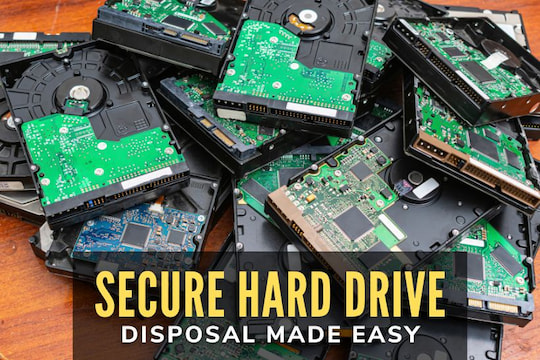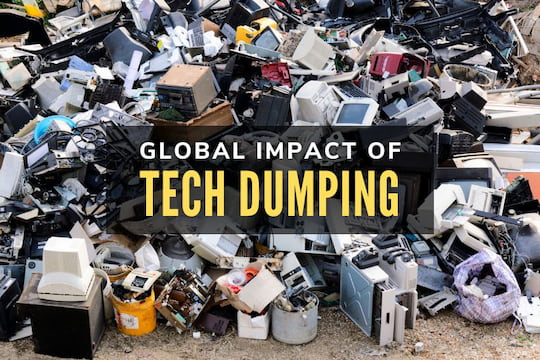Electronic waste, also known as e-waste is one of the fastest growing segments in the solid waste field. One reason for this is because it allows consumers a secure and effective way to get rid of e-waste without resorting to landfills. For example, if you’re wondering how to destroy cassette tapes, e-recycling is a perfect way to ensure the information held on those cassette tapes will be destroyed appropriately while also ensuring any part of the tape that can be recycled will be recycled. Items such as plastics, precious metals, and glass can all be recycled from e-waste. Here are some facts and figures when it comes to e-waste recycling.
In 2014, the U.S. generated 11.7 million tons of e-waste in 2014. According to the EPA, in 2012 only about 1 million tons of over 3.4 million tons of e-waste was recycled. It is resulting in the U.S. only recycling about 29% of its e-waste, a number that can be significantly increased. However, it’s important to note that in 2011, the recycling rate was at 24.9% and in 2010, only 19.6% of e-waste was being recycled.
According to the United Nations, only 16% of the total global e-waste that was generated was recycled in 2014. Approximately 15-20% of all e-waste is currently being recycled. You and your agency or company can do its part by ensuring that all e-waste devices such as old computer monitors, old printers and fax machines are all recycled and not thrown away in the dump. Be sure to get in touch with a third party e-waste recycler and help increase the number of e-waste being recycled.




















